The allure of the Loch Ness Monster has drawn tourists and scientists to the Highlands for decades – all hoping to find proof the elusive beast exists.
The first sighting dates as far back as AD565 when St Columba, the man said to have brought Christianity to Scotland, allegedly saw the creature in the River Ness and banished it to the depths of the loch.
After several millennia keeping a low profile, the Loch Ness Monster – or a descendant – spectacularly reappeared in 1933 giving rise to the modern legend of Nessie.
But despite sustaining the Highland tourism industry for decades, there is yet to be any tangible evidence the Loch Ness Monster exists outside the realms of fantasy.
And that’s not for want of trying.
It’s been 40 years since a crack team of scientists vowed to get to the bottom of the age-old mystery, which has captured the imaginations of generations of Highlanders and tourists alike for 90 years.
Plans to catch the mysterious beast
The first recorded ‘modern’ sighting of Nessie appeared in the Inverness Courier in May 1933.
A local couple were cycling and spotted “a tremendous upheaval on the loch” – a whale-like creature that disappeared in a “mass of foam”.
A flurry of alleged sightings followed.
But it was the sighting by a young bus driver, Sandy Gray from nearby Foyers, that was the first to be reported in newspapers beyond Inverness, when it appeared in the Press and Journal on May 23 1933.
Sandy was born and raised within sight of the loch and had grown up with tales of mysterious goings on in its waters.
He pledged to catch the beast using a special fishing tackle he had commissioned “realising such a fish would require something stronger”.
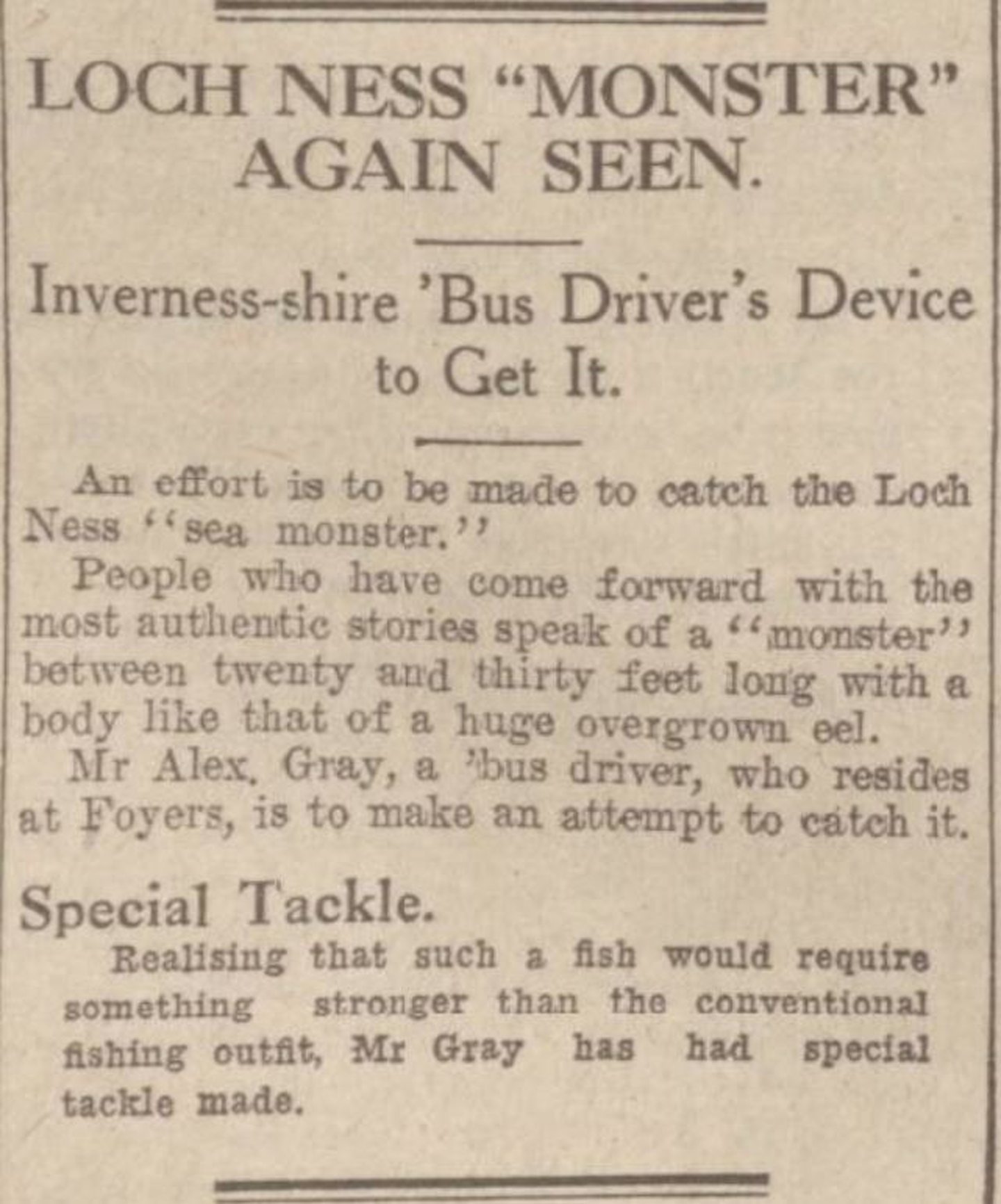
A keen fisherman, he knew the tides of the loch well, but his contraption failed to capture the monster, and he was teased locally for his efforts.
In fact, a ‘grand aquatic gala’ at Nairn Baths in July 1933 featured a comic sketch poking fun at the Nessie hunters.
The display, depicting a hapless swimmer peering through a gigantic magnifying glass and failing to spot the monster, was met with “hearty laughter”.
But in being bold enough to speak out in the face of naysayers, Sandy had unveiled the myth of the Loch Ness Monster to a bigger audience.
‘Nessie mania’ in the summer of 1933
Nessie-fever began in the summer of 1933. Sightseers flocked to the Highlands, and people who spotted the creature were adamant about what they were seeing.
Ridicule was poured upon a young London couple who claimed a large creature with flippers lurched across the road in front of their car.
The Dundee Courier carried reports of “considerable excitement” among bus passengers who described the strange fish as having a big head and “a back like an upturned boat”.
Singer Sir Harry Lauder of vaudeville fame vowed to capture and stuff the beast for his Strathaven home.
While the British Legion in St Andrews joked it was dishing up “Loch Ness Monster Cutlets” at its ‘Bully Beef’ night.
Further reports continued in 1933 and then in December, Sandy’s younger brother Hughie captured the Loch Ness Monster on camera – and the photo was published in the P&J.
Every Sunday he went to the loch after church with his camera, and used a whole spool when he saw the mysterious creature.
But it was a further week before he got his film developed, explaining: “I was afraid of the chaff which the workmen and others would shower upon me if I said I had a photo of the monster which has caused such world-wide interest.”
The negative was studied by photographic experts and deemed to have been untouched or tampered with – and is still believed by some to be a true piece of evidence.
Unlike a hoax photo staged by filmmaker Marmaduke ‘Duke’ Wetherell in 1934, who – frustrated at failing to capture the beast after a two-week expedition – concocted an elaborate ruse.
The deception was only revealed as a plasticine model 60 years later in 1994.
‘Never seen anything like this strange animal’
In 1934, another sighting made headlines across Britain and carried some gravitas, because the spotter was a young Edinburgh vet student called Arthur Grant.
Arthur claimed her nearly ran into the creature on a road beside the loch while riding his motorcycle by moonlight.
He explained how it “took fright” and in two great leaps plunged into the loch.
He said: “I had a splendid view of the animal. It was a lovely moonlight night, I was able to observe it was from 15-20ft long, had a small head on a long neck, and large oval eyes.”
He added: “I have a certain knowledge of natural history, and I can definitely say I have never seen anything like this strange animal.”
Sighting continued to be reported throughout the 1930s, but the hysteria began to die down towards the end of the decade.
There were bigger things to worry about in Europe, and the Second World War broke out in 1939.
Although people still reported seeing the monster, searches by land, sea and air proved fruitless.
From the sublime to the ridiculous, attempts to lure the monster from the depths even included using a love potion.
Experts from Flamingo Park Zoo in Yorkshire spend a great deal of money perfecting the potion in 1971, but Nessie wasn’t tempted.
Scientists scanned loch with sonar equipment
But almost exactly 50 years after the first recorded sighting, there was a renewed interest in unmasking the myth of the Loch Ness Monster once and for all.
Time and technology had moved on considerably.
And in February 1983, a group of scientists, part of the Loch Ness and Morar Project, spent 1500 hours scanning the depths of the loch with advanced sonar equipment.
A previous exploration by the team in the 1970s involved taking samples of organic matter from the loch bed hoping to find remains of some kind of sea serpent.
But the results were inconclusive.
Instead ‘Operation Deepscan’, a pioneering project of monstrous proportions, was launched which saw more than 20 small boats scour the entire loch.
Scientists’ findings showed sonar contacts outlining two separate shapes moving side by side suggesting Nessie even had a mate.
Project field leader Adrian Shine said: “It is like a fish, but more so. There is something going on out there, there’s no doubt about it.
“And if there are large animals out there this is exactly how they would look on sonar.”
Book claimed Nessie never existed
But even though William Hill slashed the odds of Nessie being found from 50/1 to 25/1, the survey results were considered ambiguous.
And a 1983 book by author Ronald Binns aimed to “lay the ghost of Nessie forever” by stating the monster did not exist.
As a young man, Ronald had been a keen believer in the enigma surrounding Nessie, even partaking in extensive investigations, but became more skeptical.
In his book – The Loch Ness Mystery Solved – he exploded myths surrounding the Loch Ness Monster, and highlighted the lack of scientific evidence.
Ronald felt there were reasonable explanations for sightings such as otter, deer and cormorants.
And that the eerieness of the loch itself simply lended itself to “fanciful imaginings”.
Others argued, and would continue to do so, that Nessie’s enigmatic nature is what made her so appealing and that she should be left alone in the depths as a living legend.
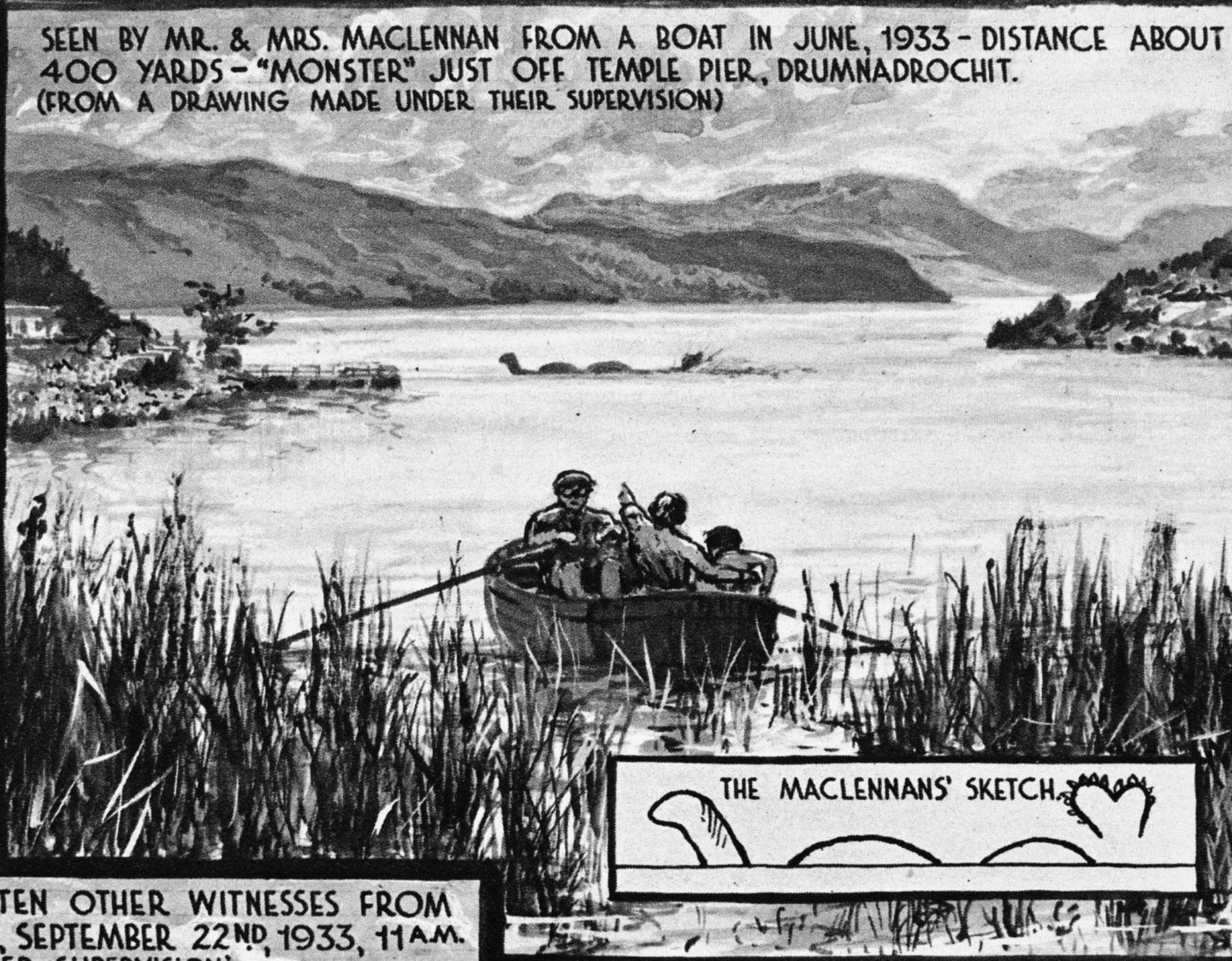
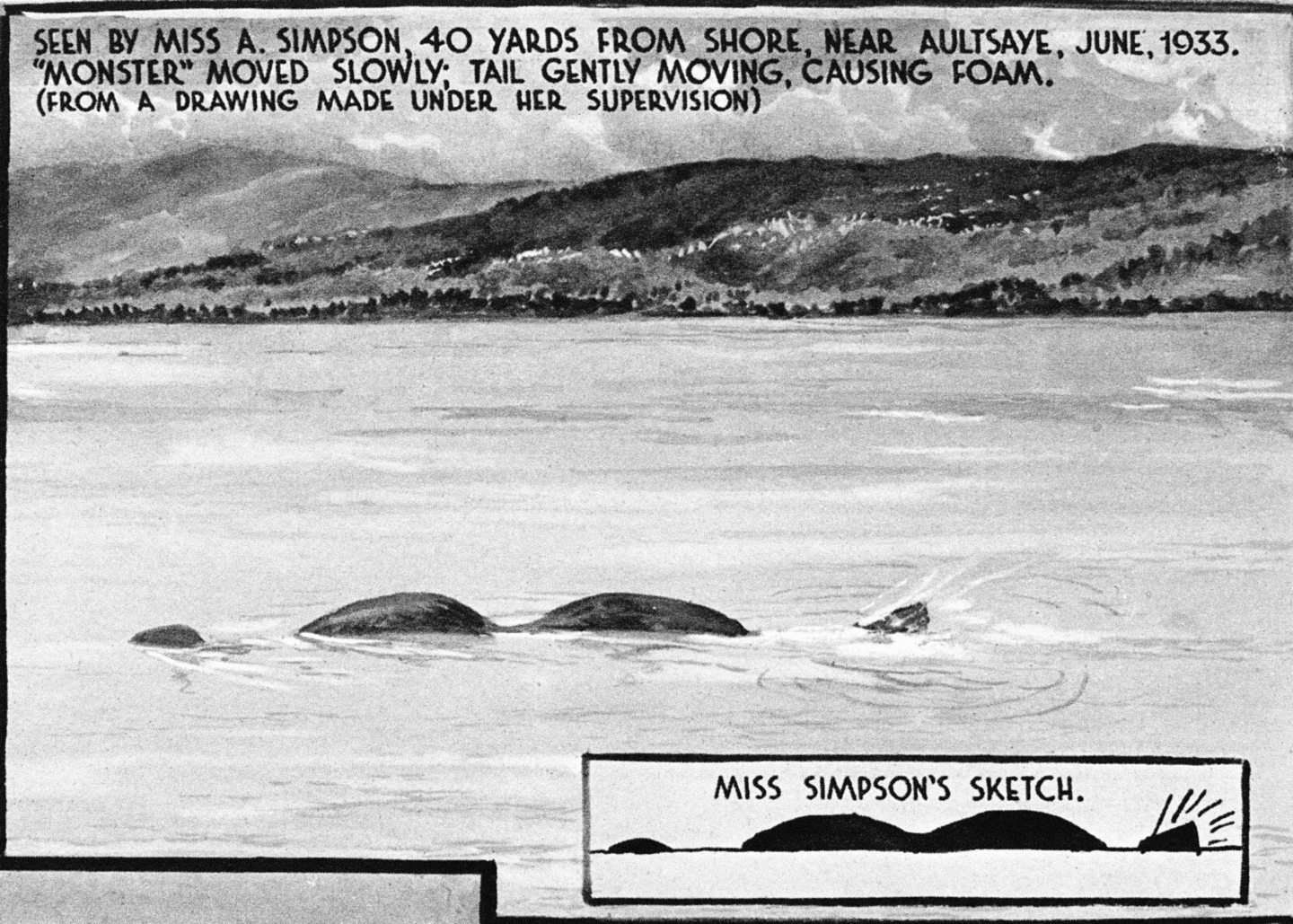
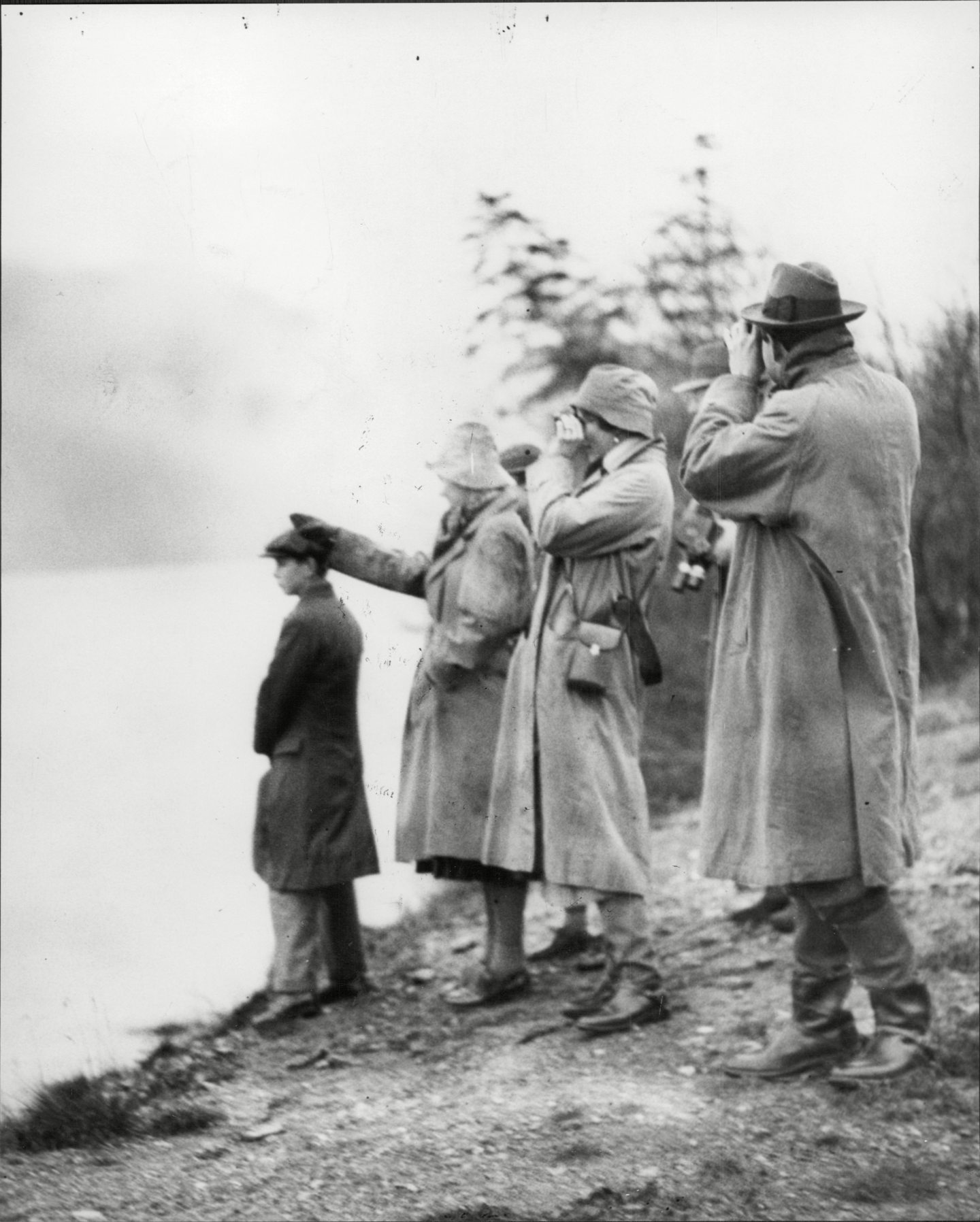
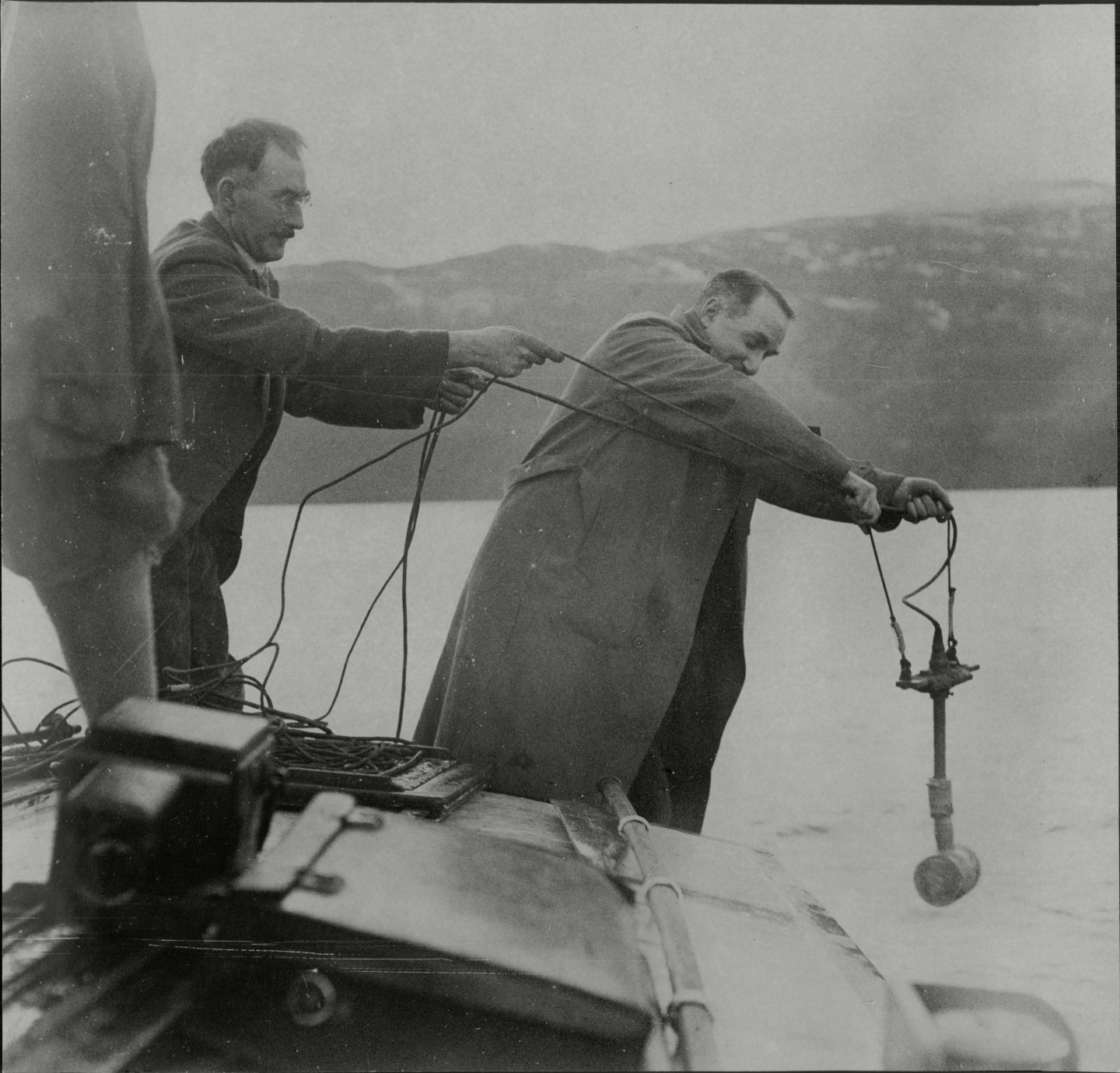
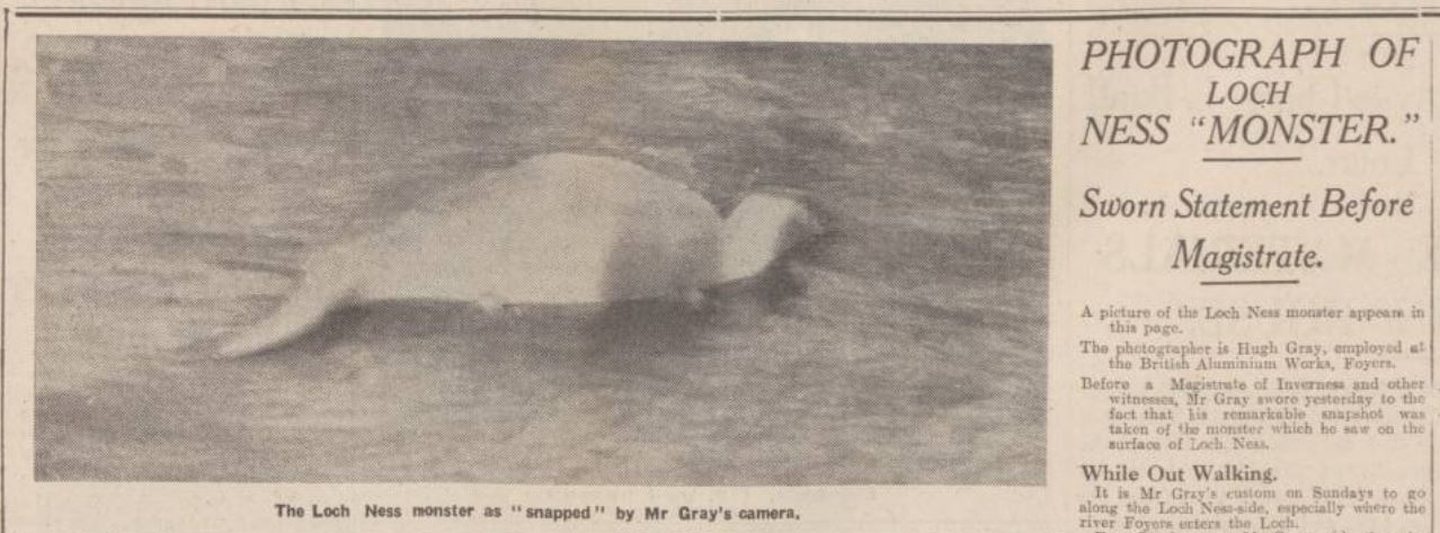
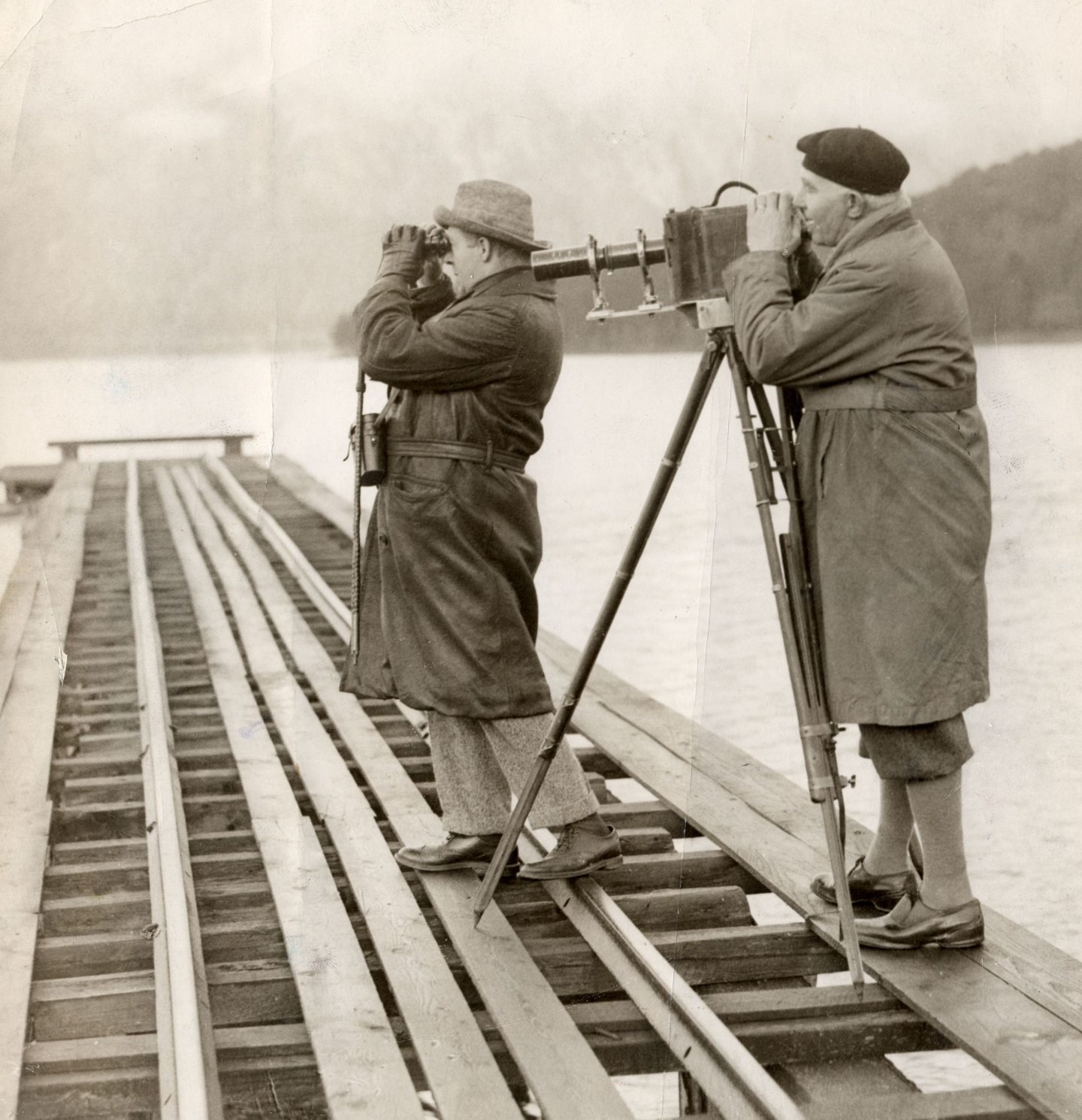
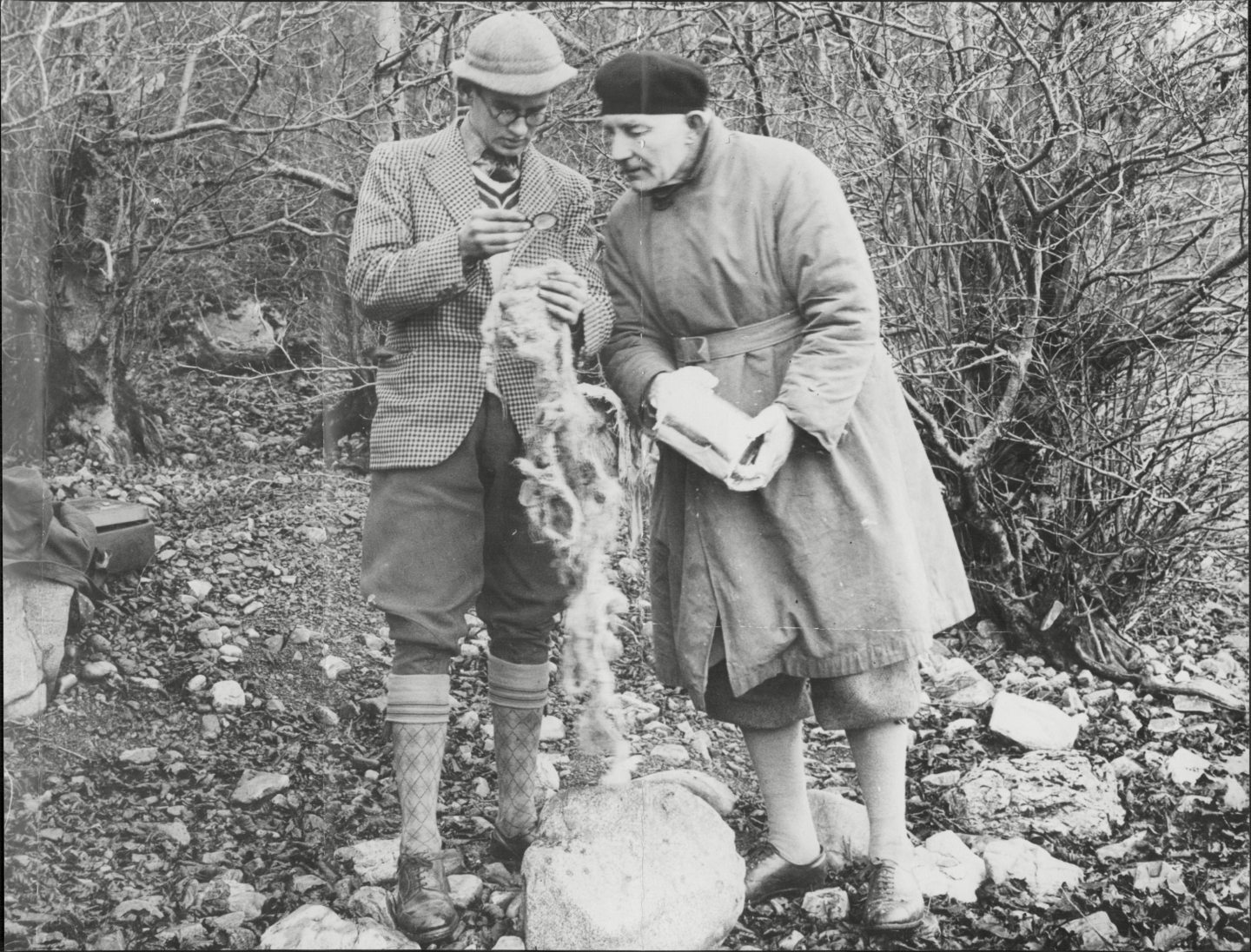
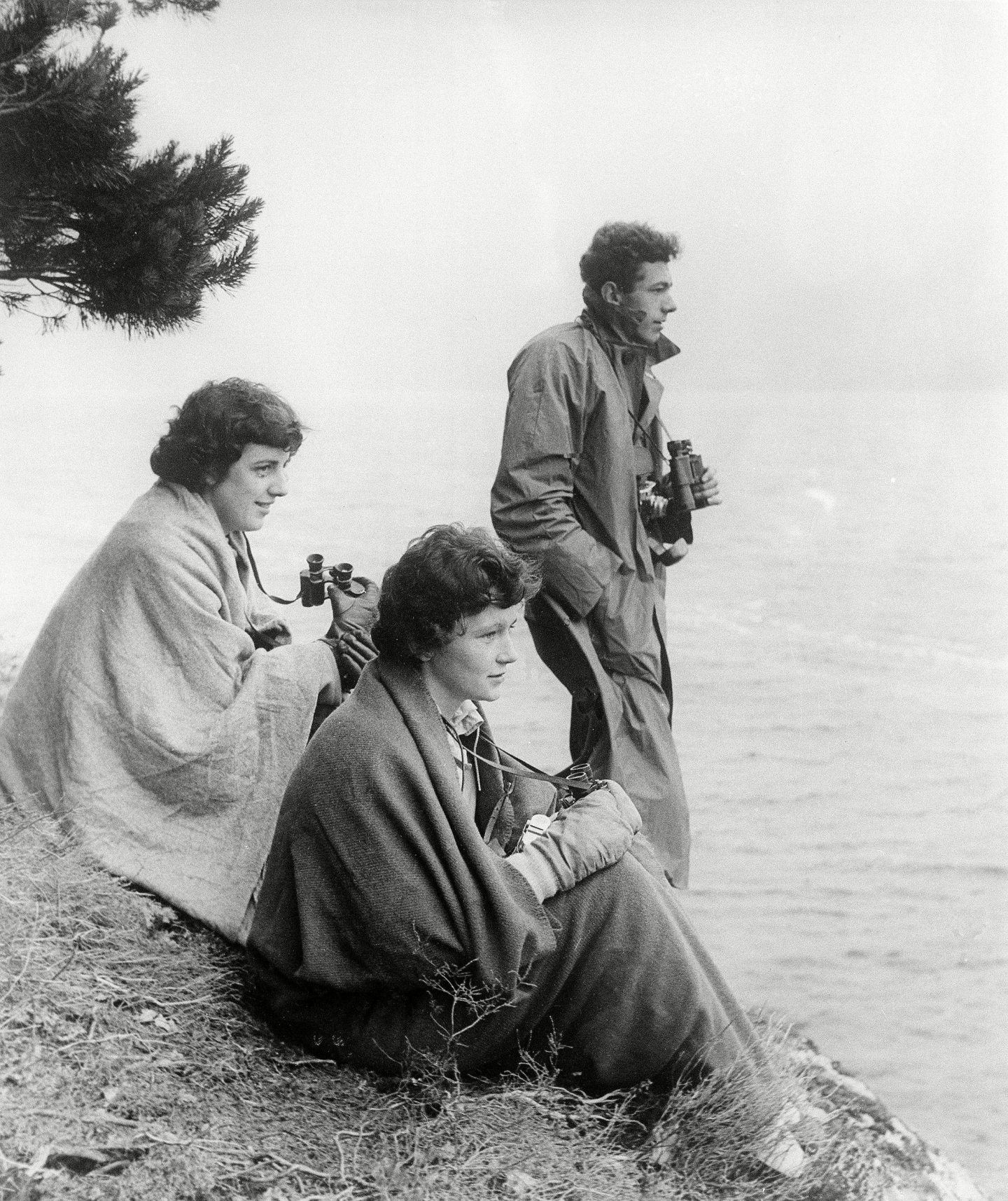
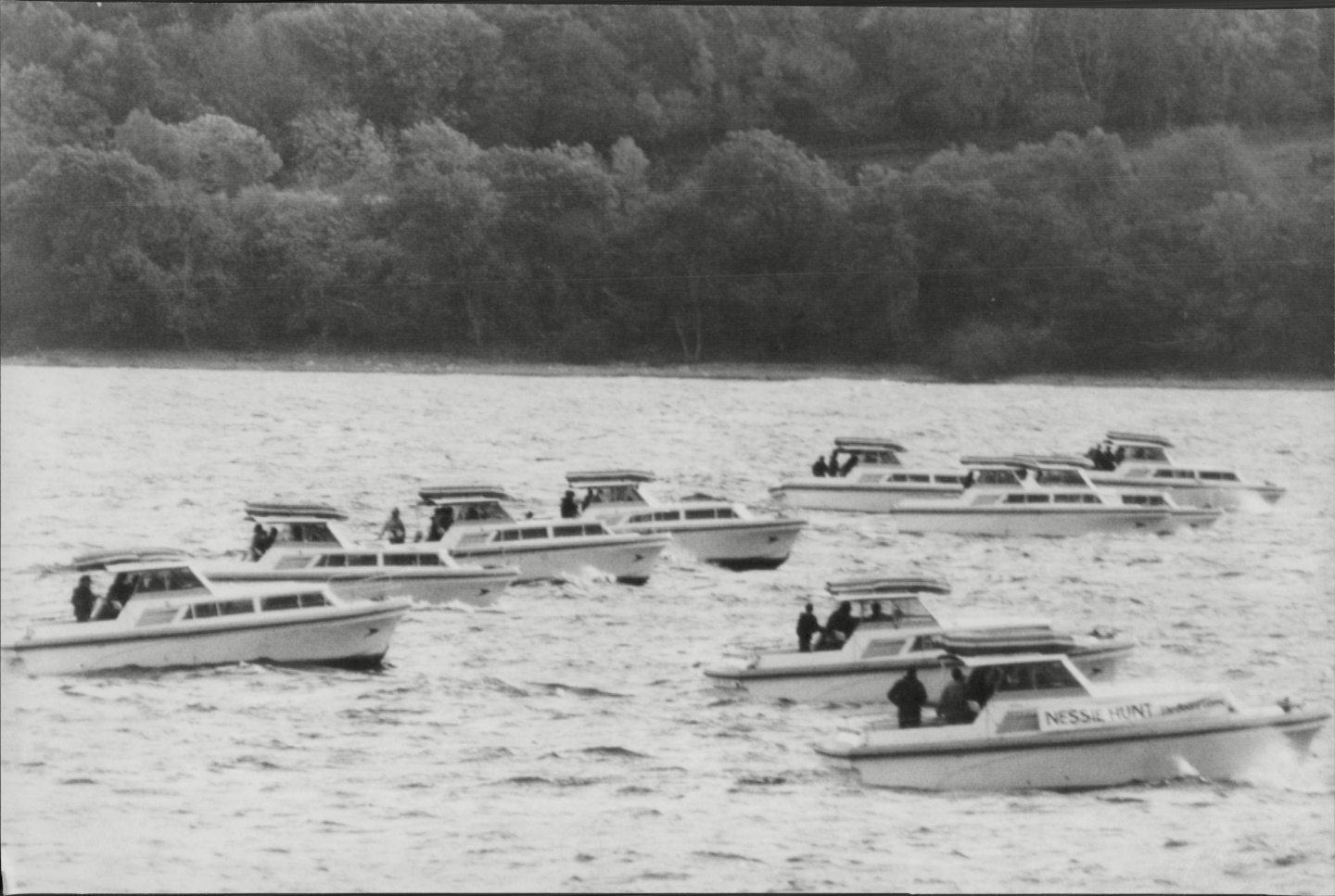
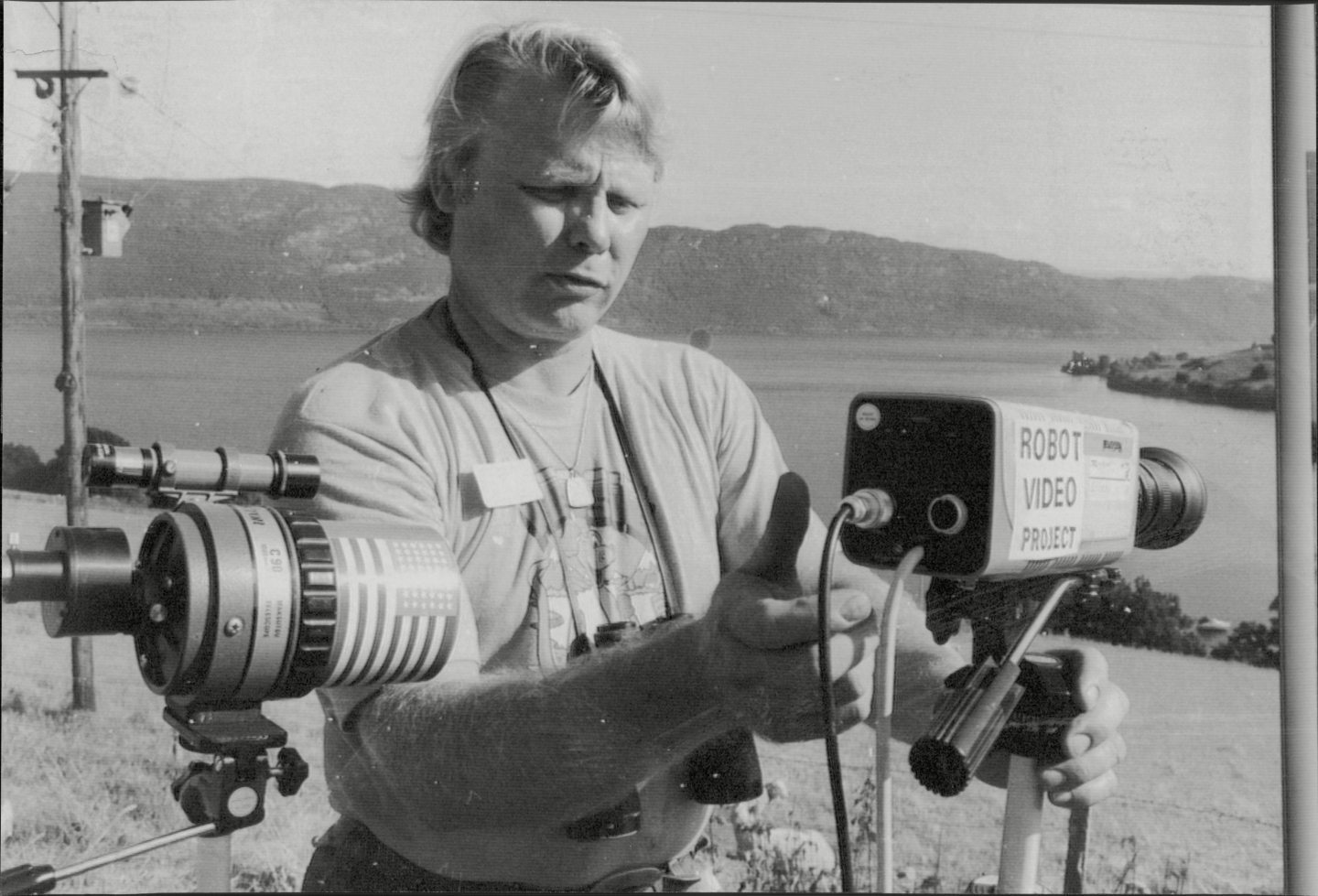
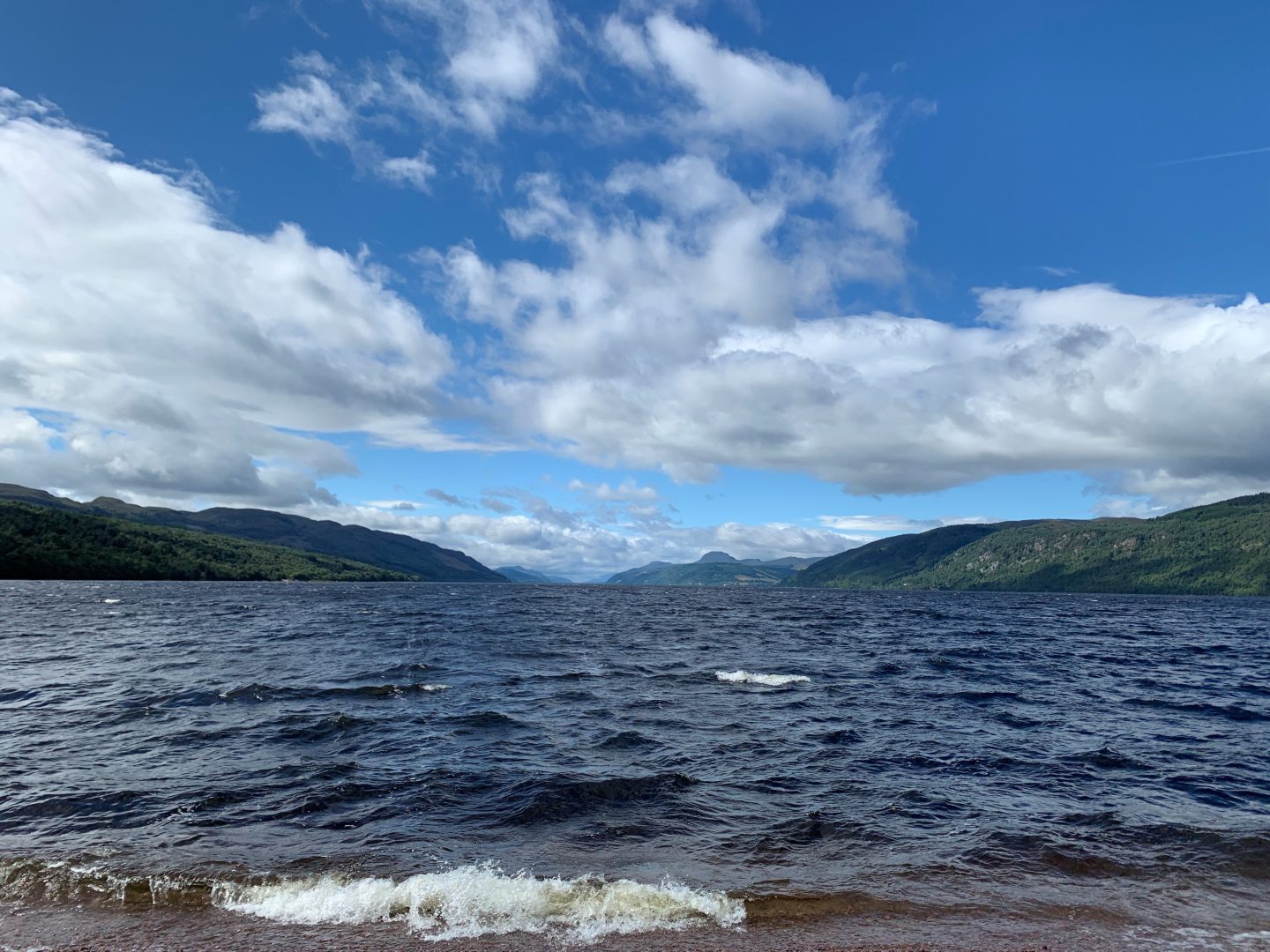
Conversation